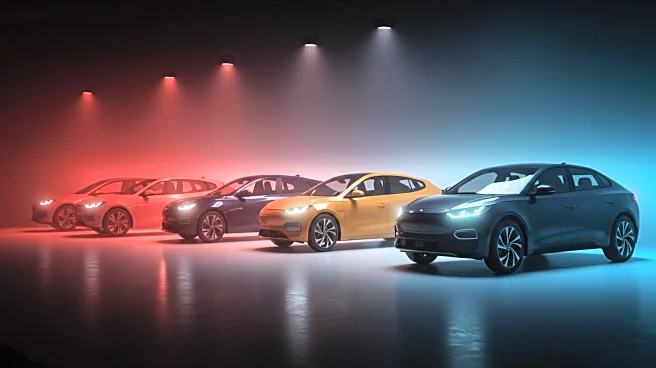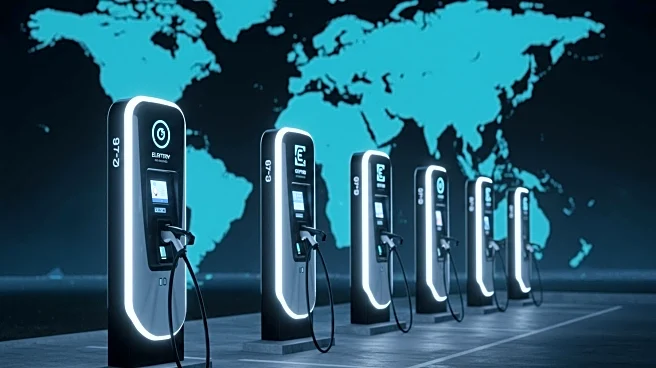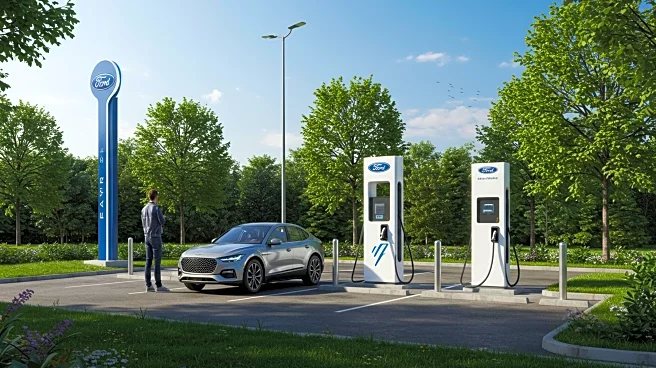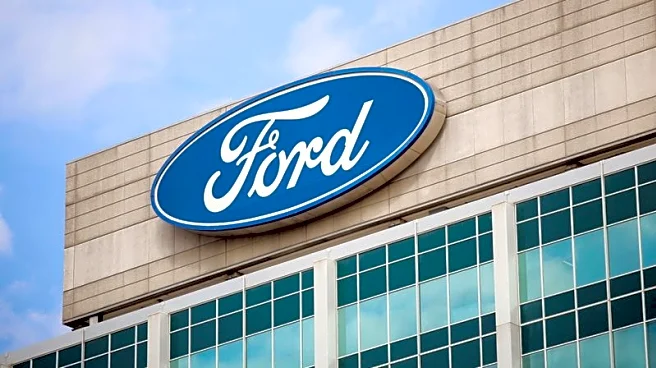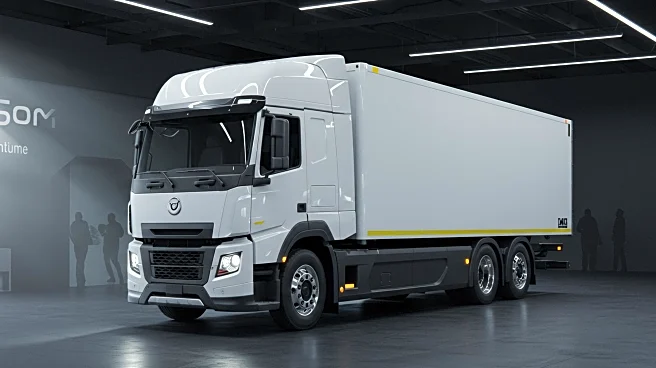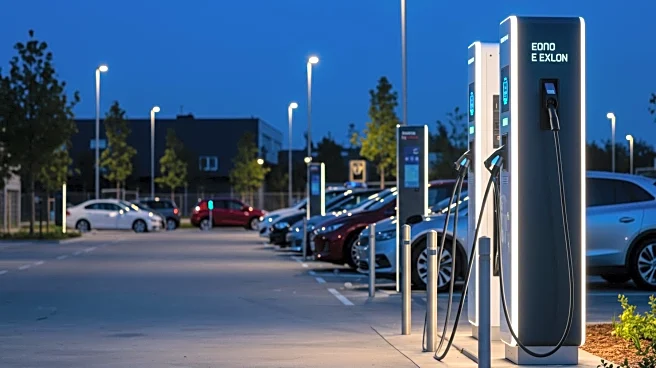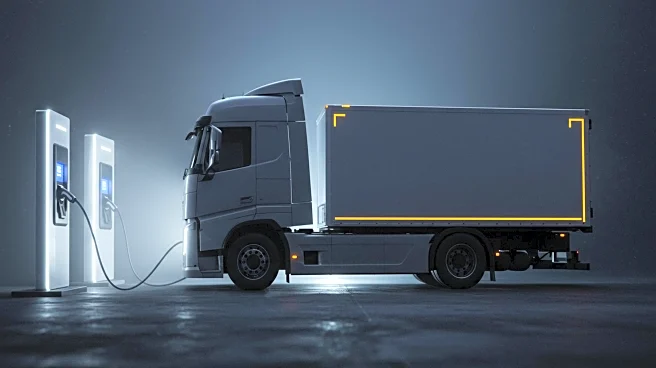What's Happening?
As tariffs threaten to increase car prices and incentives for electric vehicle purchases near expiration, affordable electric vehicles (EVs) and plug-in hybrids are becoming scarce. Currently, several models are available for under $35,000, including the 2025 Nissan Leaf, Hyundai Kona Electric, Chevrolet Equinox EV, Toyota Prius Plug-in Hybrid, and Kia Niro Plug-in Hybrid. These vehicles offer varying ranges and features, with the Nissan Leaf starting at $28,140 and providing a range of 212 miles. The Hyundai Kona Electric, priced at $32,975, offers a range of 261 miles. The Chevrolet Equinox EV, starting at $33,600, boasts a 319-mile range. The Toyota Prius Plug-in Hybrid and Kia Niro Plug-in Hybrid offer ranges of 44 miles and 33 miles, respectively, before switching to gasoline. Despite these options, the average price of a new EV in the U.S. remains high at $56,910, compared to $49,740 for gas-powered cars.
Why It's Important?
The availability of affordable EVs is crucial for transitioning away from fossil fuels, which are major contributors to climate change. Lower-cost EVs can make electric transportation accessible to a broader audience, potentially reducing reliance on gasoline and diesel vehicles. However, the high cost of EV batteries and manufacturing, along with insurance and home charger installation expenses, pose significant barriers. The expiration of a $7,500 tax credit for new EVs further complicates affordability. As tariffs on imported parts threaten to increase vehicle prices, the challenge for automakers is to offer competitively priced EVs that appeal to average consumers. The transition to electric vehicles is essential for environmental sustainability, but economic factors continue to hinder widespread adoption.
What's Next?
Automakers are exploring ways to offer more affordable EV options. Ford plans to launch a $30,000 electric pickup truck by 2027, investing nearly $5 billion in its development. Slate Auto, backed by Jeff Bezos, aims to release a basic EV priced between $20,000 and $30,000 by late 2026. Tesla is expected to introduce less expensive models, including a stripped-down Model Y, within the next six months. These efforts reflect a growing industry focus on making EVs more accessible, despite the loss of federal incentives. The success of these initiatives will depend on overcoming manufacturing and cost challenges while maintaining consumer appeal.
Beyond the Headlines
The shift towards affordable EVs highlights broader economic and environmental implications. As automakers strive to lower prices, they must balance cost with technological advancements and consumer expectations. The potential increase in EV adoption could lead to significant reductions in greenhouse gas emissions, contributing to climate change mitigation. However, the transition also raises questions about infrastructure readiness, such as the availability of charging stations and the capacity of the electrical grid to support increased demand. The evolving landscape of EV affordability underscores the complex interplay between economic forces, technological innovation, and environmental stewardship.
